McAfee LiveSafe Internet Security 2015 review
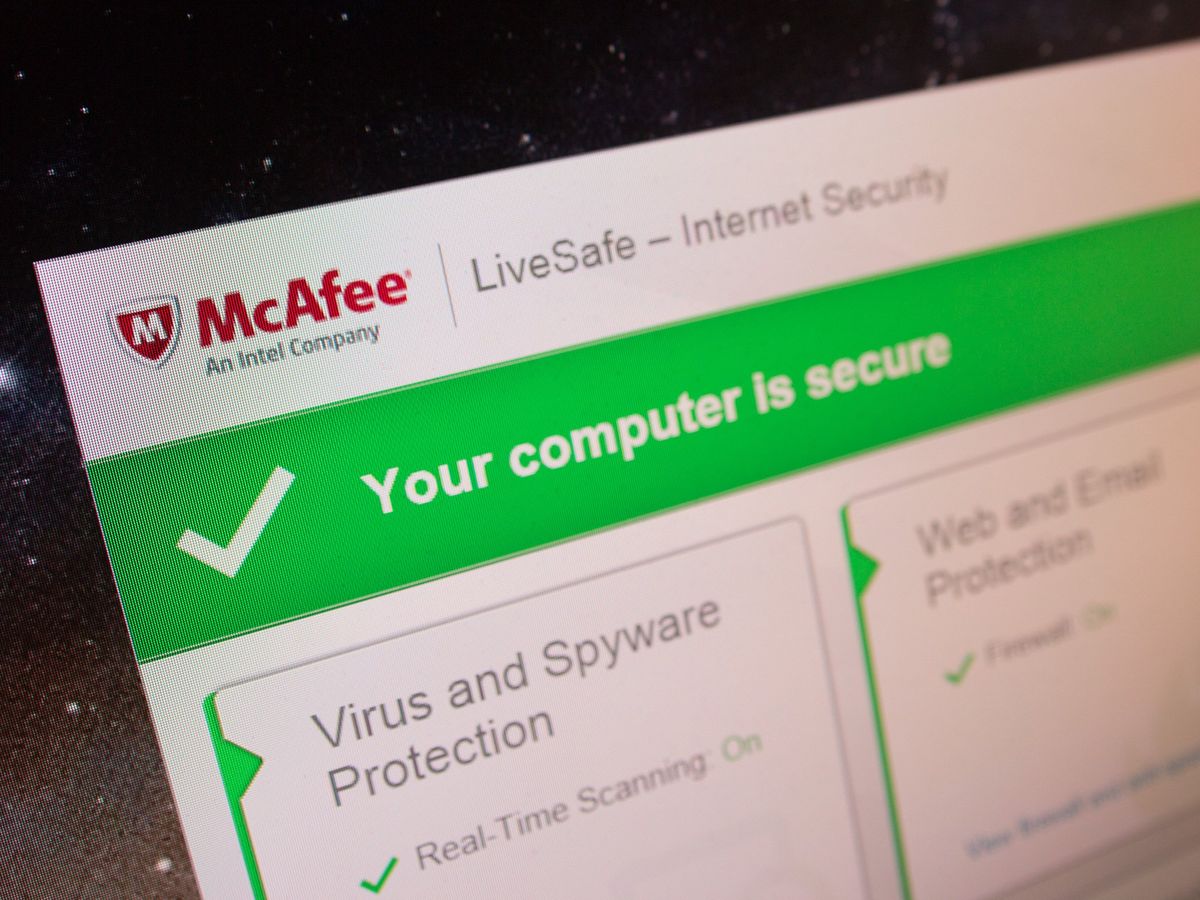
McAfee has been around the PC antivirus block, namely for having a certifiably nuts founder. A reputation for obnoxious pop-ups, causing system instability, and poor virus protection has clung to McAfee since its hayday, but has it improved since being acquired by Intel a few years ago?
On a Windows 8.1 laptop we tried McAfee LiveSafe, which is Intel's top-of-the-line consumer antivirus solution that runs for $79.99/year and can be installed on an unlimited number of devices. McAfee All Access pares away secure cloud storage and dedicated Security Advisor, but only costs $49.99/year. McAfee's entry-level product, AntiVirus Plus, is available for $34.99/year for one computer, but skips e-mail, Wi-Fi network, and social protection. A full product comparison is available here.
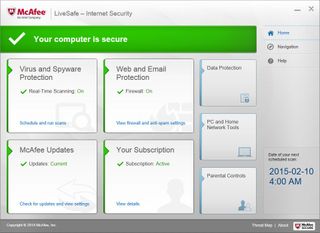
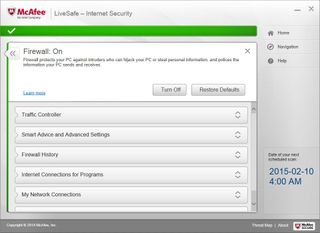
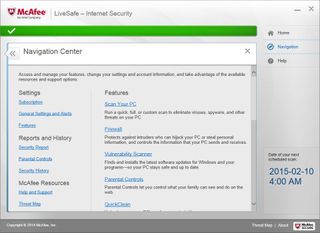
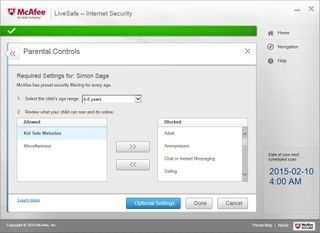
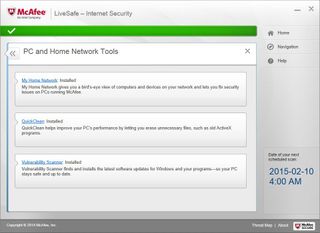
McAfee LiveSafe Internet Security has four main sections and three subsections. Virus and Spyware protection allows you to launch into a dedicated scan, toggle real-time scanning, and schedule future scans. Web and E-Mail protection manages firewall, spam, and web browsing functions. McAfee updates ensures your definitions are up-to-date, while the subscription section lets you manage billing and other account information. On the sidebar you can access the file shredder, network and PC tuning utilities, and parental controls.
McAfee's lab tests on AV-Comparatives place it behind Kaspersky, Bitdefender, Avira, ESET, Trend Micro, AVG, and Avast. It also got a lot of false positives (81). AV-Test ranked McAfee much more favorably with 5.5/6 for protection, 5/6 for performance, and 6/6 for usability. Virus Bulletin hasn't looked at McAfee since 2012, and doesn't include them on their latest proactive/reactive comparison chart. Make what you will of that exclusion, but at the time it ranked behind ESET, Kaspersky, Avast, AVG, and even Microsoft Security Essentials in the same tests. A lot can change in three years, so don't look too deep into those failed results.
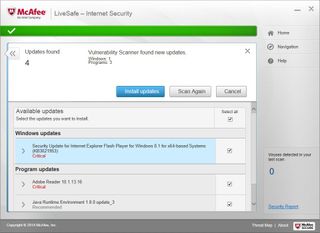
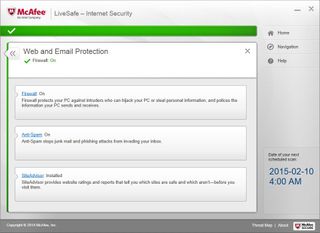

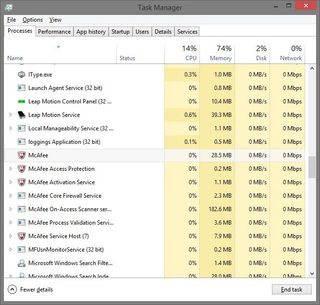
Creating a McAfee account is required to run the program, which is a bit of a hassle, and it might take a bit of extra scrubbing of previous AV software to facilitate the installation of LiveSafe. As it turns out, even after you uninstall Bitdefender, it leaves enough traces behind to halt McAfee installation, which required hunting around for a separate Bitdefender removal tool. Pop-ups were regular enough by default, but could be permanently dismissed within the window, and tweaked through the program's settings.
Bottom line
It seems that despite being picked up by a reputable company, McAfee hasn't been able to make any kind of comeback. Lab results are at the very least mixed. Still, LiveSafe's memory footprint and interface isn't any worse than other antivirus programs we've looked at. Plus, not having a limit on the number of devices you install on is nice.
Score: 3/5
Get the Windows Central Newsletter
All the latest news, reviews, and guides for Windows and Xbox diehards.
